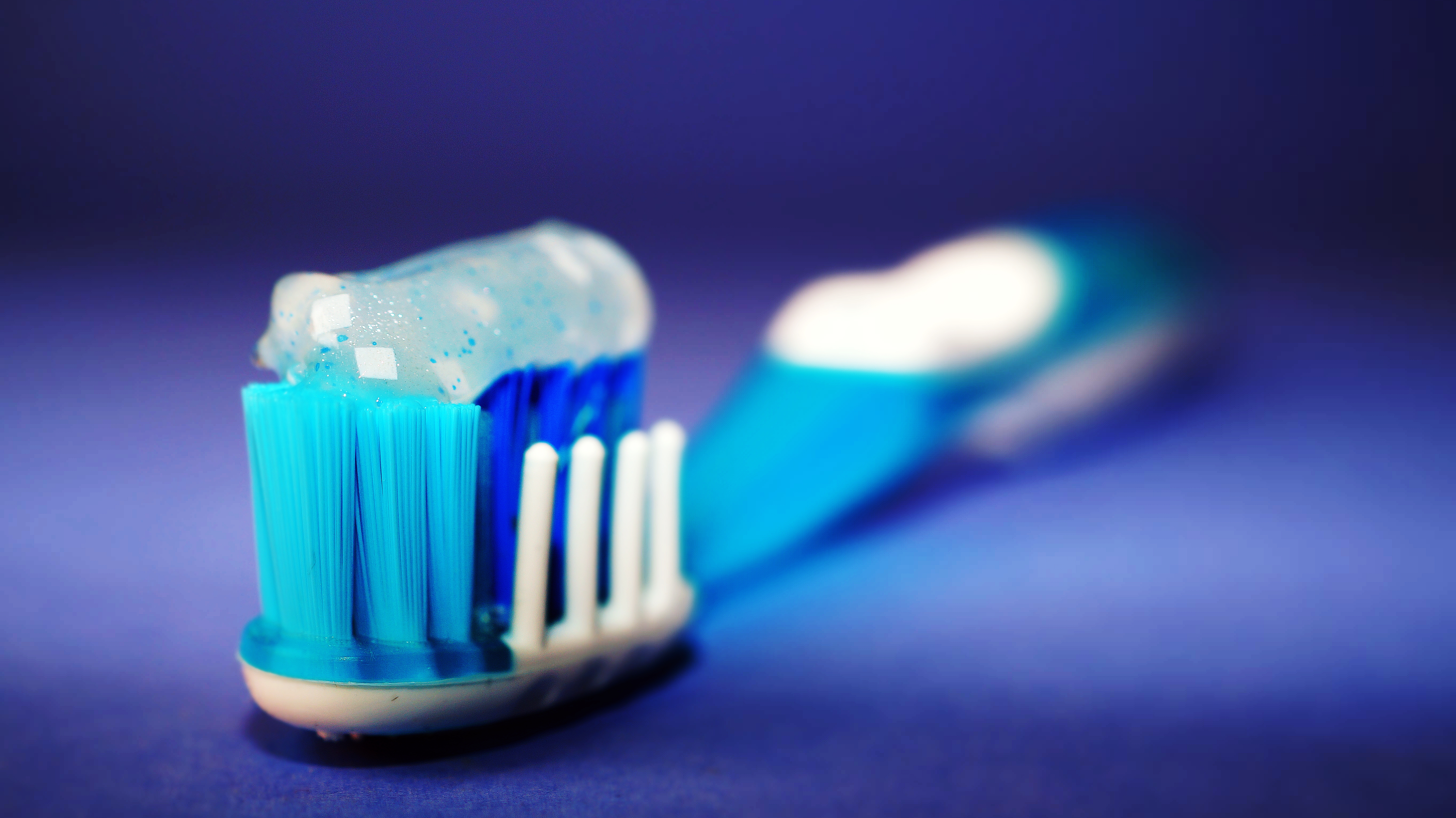Brush your teeth with fluoride toothpaste twice a day for 2 minutes to help keep your teeth and mouth healthy.

Plaque is a film of bacteria that coats your teeth if you don't brush them properly. It contributes to Gum disease and tooth decay.
Tooth brushing stops plaque building up. Try to make sure you brush every surface of all your teeth.
When should I brush my teeth?
Brush your teeth for at least two minutes last thing at night before you go to bed and on one other occasion every day.
Your dentist or hygienist may give you more advice based on your own dental health and needs.
Should I use an electric or manual toothbrush?
It doesn't matter whether you use an electric or manual toothbrush. They're both equally as good, as long as you brush all the surfaces of all your teeth and you use fluoride toothpaste. However, some people find it easier to clean their teeth thoroughly with an electric toothbrush.
Your dentist or hygienist may give you more advice based on your own dental health and needs and advise you which would be more suitable for you to use.
What should I look for in a toothbrush?
For most adults, a toothbrush with a small head and a compact, angled arrangement of long and short round-end bristles is fine. Medium or soft bristles are best for most people.
If you're using an electric brush, one with an oscillating or rotating head may work better than a manual toothbrush.
However, making sure you thoroughly clean your teeth at least twice a day is more important than the type of brush you use. If in doubt, ask your dentist.
What type of toothpaste should I use?
It's important to use a toothpaste with the right concentration of fluoride. Check the packaging to find out how much fluoride each brand contains.
- Adults should use a toothpaste that contains at least 1,350 parts per million (ppm) fluoride.
- Children don't need to use special "children's toothpaste". Children of all ages can use family toothpaste, as long as it contains 1,350-1,500ppm fluoride. Children aged six and under who don't have tooth decay can use a lower-strength children's toothpaste, but make sure it contains at least 1,000ppm fluoride.
- Below the age of three, children should use just a smear of toothpaste. Children aged three to six years should use a pea-sized blob of toothpaste. Make sure children don't lick or eat toothpaste from the tube.
Your dentist may advise you or your child to use a toothpaste with a higher concentration of fluoride, if you need it.

How to brush your teeth
Make sure you brush all the surfaces of all your teeth, which should take about two minutes. Remember to brush the inside surfaces, outside surfaces and the chewing surfaces of your teeth.
How to help children brush their teeth
Children need to be helped or supervised brushing their teeth until they're at least seven years old.
Don't rinse with water straight after toothbrushing
After brushing, spit out any excess toothpaste. Don't rinse your mouth immediately after brushing, as it will wash away the concentrated fluoride in the remaining toothpaste, thus diluting it and reducing its preventative effects.
Should I use mouthwash?
Using a mouthwash that contains fluoride can help to prevent tooth decay, but don't use mouthwash – even a fluoride one – straight after brushing your teeth or it will wash away the concentrated fluoride in the toothpaste left on your teeth. Choose a different time to use mouthwash, such as after lunch. Don't eat or drink for 30 minutes after using a fluoride mouthwash.
How to use dental floss
Flossing isn't just for dislodging food wedged between your teeth. Regular flossing may also reduce gum disease and bad breath by removing plaque that forms along the gum line. It's best to floss before brushing your teeth.
- Take 12-18 inches (30-45cm) of floss or dental tape and grasp it so you have a couple of inches of floss taut between your hands.
- Slip the floss or dental tape between the teeth and into the area between your teeth and gums, as far as it will go.
- Floss with 8-10 strokes, up and down between each tooth, to dislodge food and plaque.
Your dentist or hygienist will be able to advise you on how to use this product.
How to use interdental brushes
You can use interdental brushes or single-tufted brushes instead of flossing, especially if there are gaps between your teeth. The brush should fit snugly between the teeth.
Never use toothpicks to remove trapped food from between your teeth, as you may damage your gums, which could lead to an infection.
Your dentist or hygienist can advise you on the best way to use interdental cleaning for your teeth.
Don’t forget your dentist or hygienist will be able to advise you on the best product for you and how to use it for maximum benefit...... So don’t be shy
